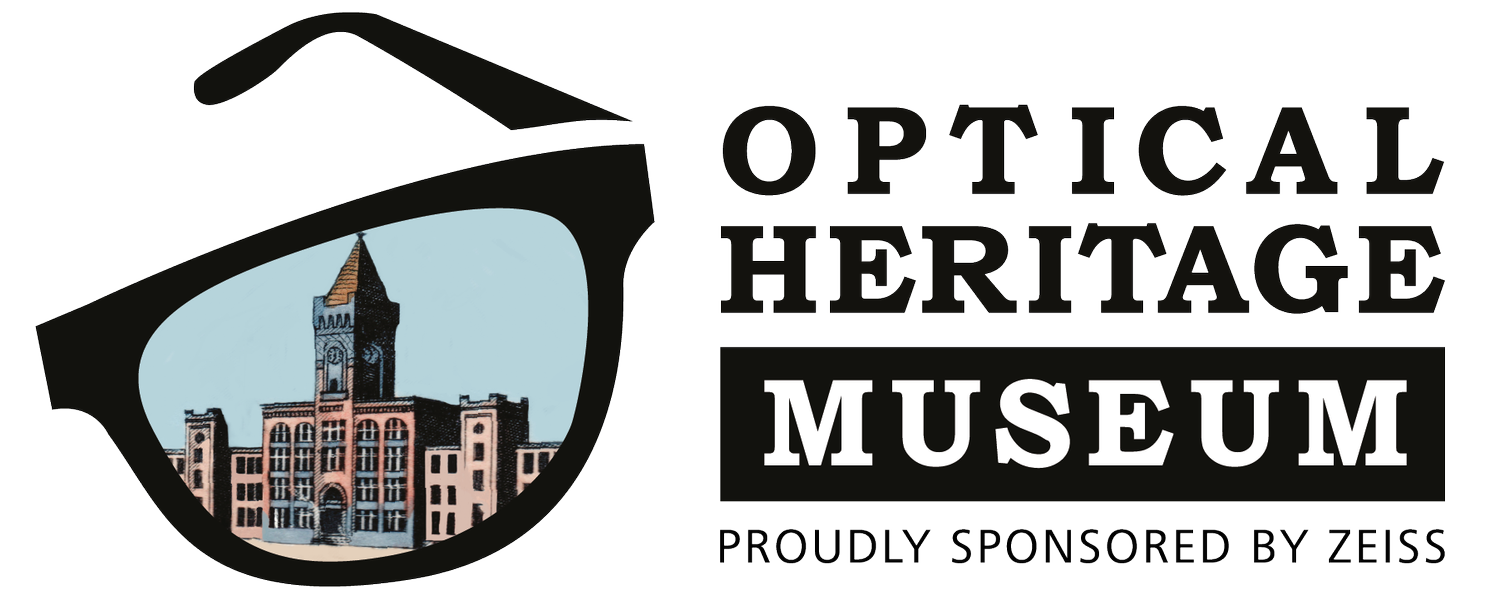
Education
Teaching the world how to see
Teaching the world how to see
Rediscovered vintage magazine articles showcase the history of public education about healthy vision
By Ted Gioia.
Where do you turn to for information on protecting your eyesight? That’s an easy question nowadays. Medical information is everywhere. In fact, people are inundated with it on the web and TV. A simple Google search on “eyecare” comes back with more than 30 million results. Healthcare companies keep adding to this by spending billions on direct-to-consumer advertising each year.
But none of this existed a generation ago. The first health information website wasn’t even launched until 1994 and TV commercials for most medical products were illegal in the US until the 1990’s — and are still prohibited in many countries today.
So, how did people learn about eyecare and other health options in the pre-internet days? The single best source of information for consumers was the humble public service ad campaign. Starting in the late 1930’s, these awareness programs set the gold standard for educating the general public about healthy lifestyle choices and treatment options.
American Optical (AO), now owned and operating as ZEISS, established this concept in the field of eyecare. Now, the Optical Heritage Museum in Southbridge, MA, has ensured these eyecare educational programs are once again being made aware to the public through showcasing a wide range of rare materials and exhibits.
Even before the formation of the US Ad Council in 1941, an organization that pioneered the public service announcement, AO found creative ways of bringing information on vision care to the general public. Eyecare practitioners relied on these programs because most states prohibited them from taking out their own advertisements for either eye exams or eyeglasses. As the largest supplier of eyecare products, AO assumed the primary responsibility for educating the public.
In the late 1920’s, AO worked with famous artist Norman Rockwell on a series of paintings that could also serve as illustrations for public awareness advertising. This campaign left behind a legacy that went far beyond healthcare matters—one of the paintings commissioned by AO recently sold for $1.3 million!
In 1942, AO launched the largest public awareness campaign in the history of eyecare. Over the next six years, full-page information-packed advertisements on eye exams and ocular health were featured in the most prominent magazines of the day, including Life, Look, Saturday Evening Post, and National Geographic. More than 385 million print pages were “dedicated to the advancement of professional eye care.”
But AO promoted consumer education in small ways as well—at the grassroots level in towns and cities. These efforts may have had even more long-term impact than the company’s high-profile advertising campaigns.
AO provided practitioners with everything from anatomical illustrations of the eye to paintings about the history of eyecare. Almost every practice in the country had some display or artwork from AO in its window, exam room or waiting area, and these served as more than just decoration. They turned routine office visits into opportunities for patient education.
American Optical provided practitioners with artwork about the history of eyecare
American Optical collaborated with artist Norman Rockwell on a 1929 awareness campaign
Custom displays addressed every vision need, from eyeglasses for students to sun protection for outdoors enthusiasts. AO also brought eyecare education into the home, by creating a hobby kit sold to youngsters in the Sears catalog. But even practitioners needed education, and to fill that need AO entered into the publishing business, issuing texts on ocular health for the medical field.
“These displays and documents highlight a fascinating chapter in the history of eyecare,” comments ZEISS vice president Karen Roberts. “Many of them could be just as effective today in raising awareness.”
“We continue to focus on education today, “Roberts adds, “Our educational campaigns continue to evolve through the digital internet age and have advanced beyond traditional media. ZEISS are proud to have set the standard for trustworthy advice in the last century and aim to do the same in this one.”
You might also like…
Norman Rockwell
AO and art - the perfect pair
Sunwear
Keeping cool while the weather heats up



